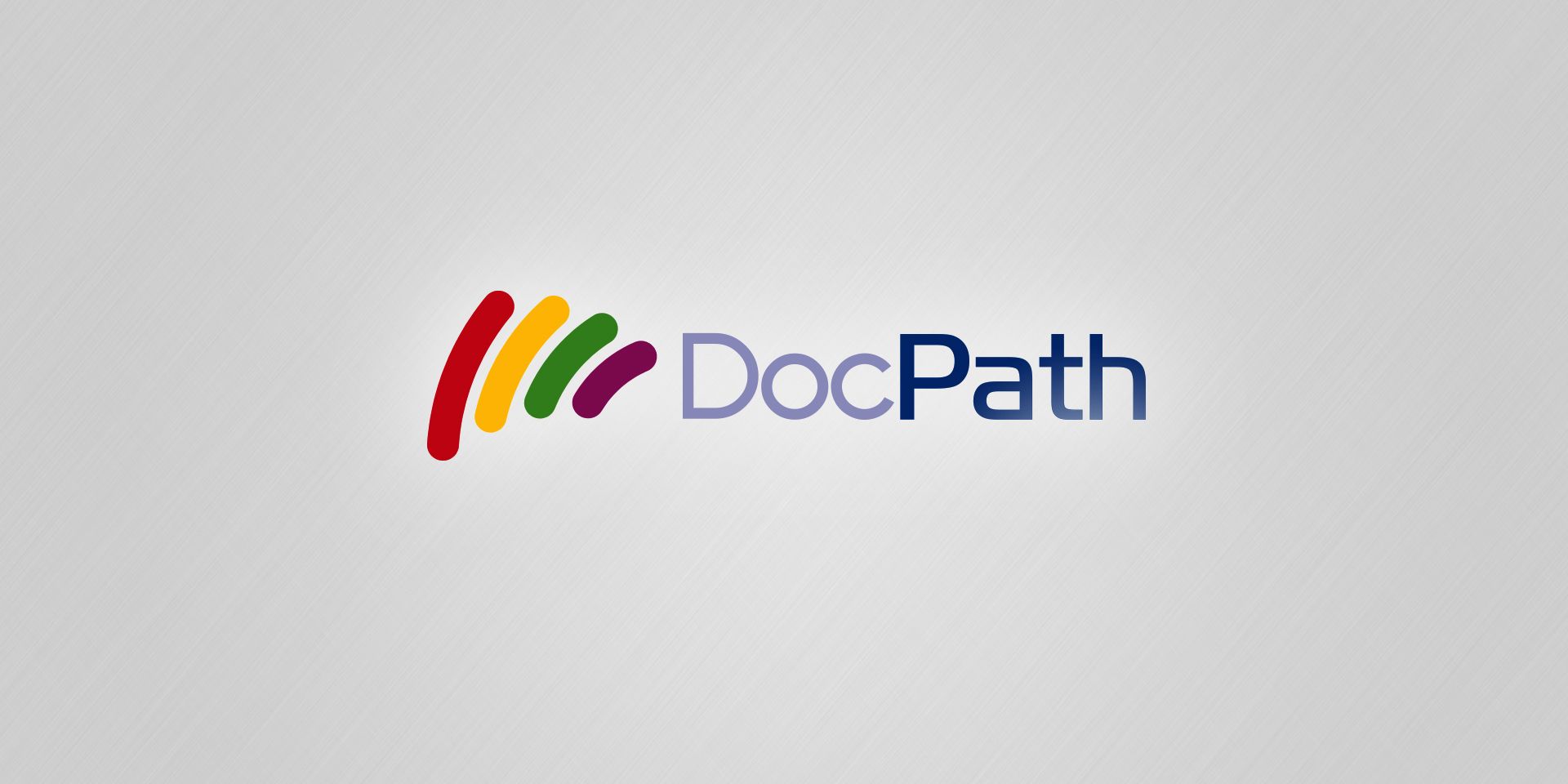
These days, software is clearly a key element in a company’s success in the global market. In this context, corporate software quality is paramount, and any costs related to deficiencies or errors in the later stages of the software life cycle cannot be allowed. For this reason, many software providers and their customers are implementing new systems and processes to improve the quality and safety levels of their software.
However, despite the general trend in increasing quality, many software companies worldwide are releasing programs that are monitored and continuously improved. Why? Because as demand for particular software for specific business processes is increasing globally, the complexities related to software development are also growing exponentially. These difficulties include, among others, the great variety of resources and types of services available, mandatory compatibility with current legislation, the increasing complexity of technologies and development processes, and a clearly weakened economy.
With regard to the resources and types of services, companies can currently choose from in-sourcing, out-sourcing and co-sourcing, and even opt for free software (open source). In addition, out-sourcing can mean that the work is carried out on the customer’s premises or at the venue of the supplier. In other words, development teams are dispersed, and quality assurance requires a more effective and transparent type of programming to facilitate the development by different teams and, therefore, the quality of the software.
On the other hand, the obligation of companies to ensure software compliance with national and international legislation and other regulations, as well as the localization of the software in order to compete in a global market, also requires effective management of the quality and transparency of their processes. The consequences and costs of a poor level of security, adds an extra layer of complexity, and acts as another motivator for companies to adopt a good quality policy in all its processes, and especially in developing the software.
Likewise, the rapid pace at which technologies are evolving, with developments for multicore, collaborative Web usage, etc., requires a specific approach in order to really take advantage of these new advances in technology and use them to increase quality.
Finally, the current economic crisis, with a drastic reduction of resources, makes any errors in the software or significant deficiencies become critical and, in many cases, the consequences and costs are unaffordable by the companies involved. This means that the margin of error for software companies significantly decreases as there are fewer staff and financial resources available to respond.
It seems more than obvious that in a complex environment such as the one we have today, a thorough quality strategy and an efficient quality system applied throughout the software life cycle become essential to promote the success of both the client and the software company in the global market.
Julio A. Olivares
DocPath CEO
